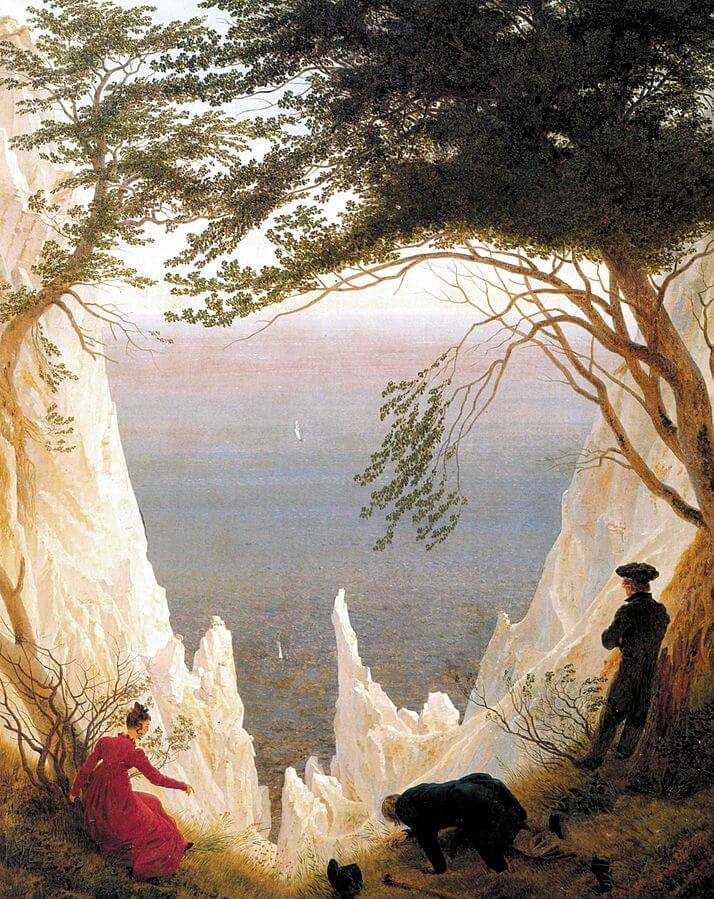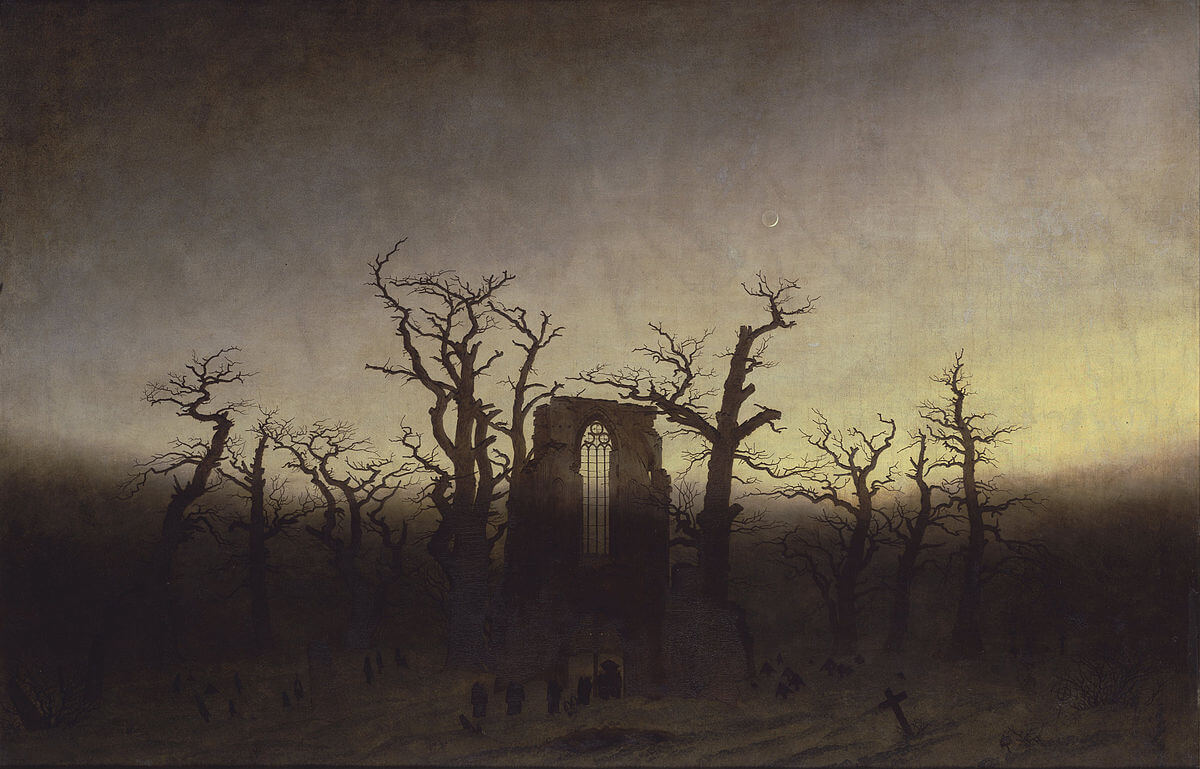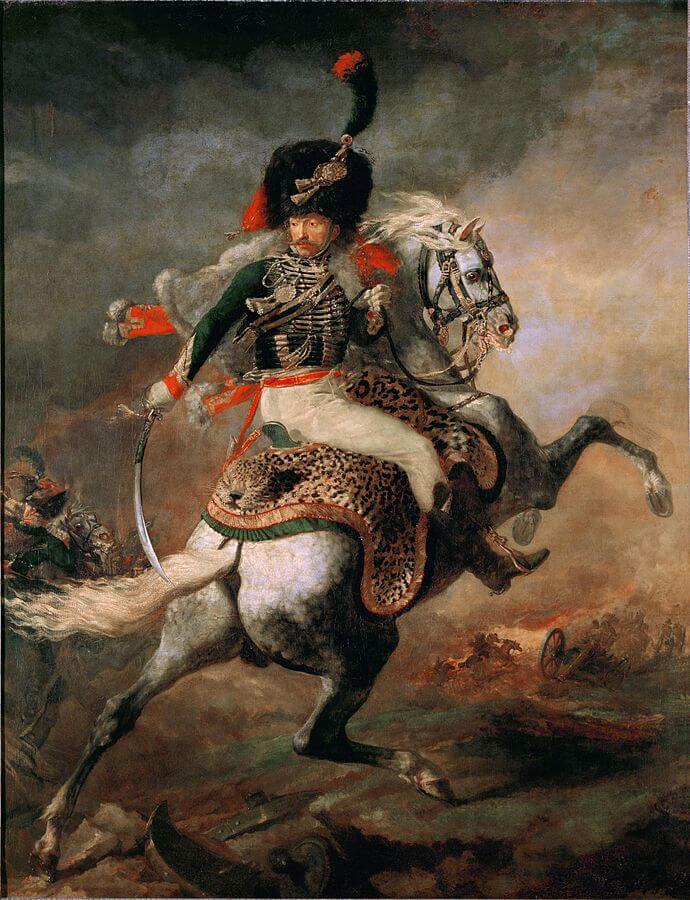Activity 1: Can You Find It?
Find the following in the artwork:
- Atala
- Chactas
- Father Aubry
- Two Crosses
- Shovel
- Cave
- Missionary
- Someone Mourning Their Love
- Someone Who Died for Their Beliefs
Activity 2: Narrate the Artwork
- After studying the artwork, narrate the scene shown aloud using your own words.
Activity 3: Read an Excerpt from François-René Chateaubriand's 1801 Novella 'Atala'
- 'Her lips, like a rose-bud gathered two mornings before, seemed to languish and smile. Her cheeks, of sparkling whiteness, showed a number of blue veins. Her beautiful eyes were closed, her modest feet joined together, and her hands of alabaster pressed against her heart an ebony crucifix; the scapulary of her vows was fastened about her neck. She appeared as though enchanted by the angel of melancholy, and by the double sleep of innocence and of the tomb.'
Activity 4: Classify the Artwork
- This artwork belongs to the Romantic art movement.
- Find Romanticism on the timeline.
- During which (estimated) years did Romanticism flourish?
- Which art movement preceded Romanticism?
- Which art movement followed Romanticism?
Activity 5: Recreate the Artwork

- Click the crayon above and complete page 24 of 'Fourth Grade Art History Coloring Book.'
 Western Art Movements I
Art Movements
Western Art Movements I
Art Movements


 Western Art Movements I
Art Movements
Western Art Movements I
Art Movements








